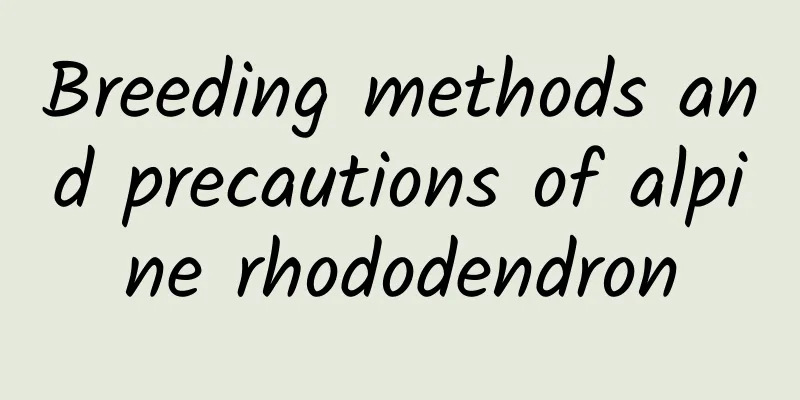The reason why peppers do not bear fruit

|
As a popular condiment and vegetable , chili pepper occupies an important position in the food culture of many parts of the world and has a huge market demand. In some places, chili peppers are an essential ingredient in almost every dish, or even every meal. So what are the reasons why peppers bloom but do not bear fruit? 1. Pollination issues If peppers encounter severe weather such as heavy rain and strong winds during the flowering and pollination period, pollination may be hindered and the flowers may fall off prematurely. Therefore, erratic weather conditions are one of the main reasons for poor pollination in pepper. 2. Plants grow too long Excessive application of nitrogen fertilizer may cause the pepper plants to grow too vigorously and have too lush branches and leaves, thus affecting flowering and fruiting. If the plant grows too tall, it will consume too many nutrients, resulting in the flowers and fruits not getting enough nutrients, thereby reducing the fruit-bearing rate. 3. Variety selection Differences in climate and soil conditions in different regions may affect the adaptability and fruiting rate of pepper varieties. Choosing pepper varieties suitable for the local environment is the key to ensuring a high fruit set rate. 4. Temperature influence The ideal temperature for pepper flower bud differentiation is about 27℃. Temperatures that are too low or too high will affect the normal differentiation of flower buds, resulting in flowering but no fruiting. 5. To prevent peppers from blooming but not bearing fruit, the following measures can be taken: Before flowering, properly trim the dense branches and leaves to provide sufficient light and space, and concentrate nutrients to supply flowers and fruits. When encountering bad weather during the flowering period, covering measures should be taken to protect the flowers. Control water management well, avoid overwatering during the flowering period, and reduce the risk of falling flowers and fruits. Use growth regulators and growth control agents to regulate the growth of peppers, and pay attention to supplementing trace elements to improve crop absorption efficiency. 6. If the phenomenon of flowering but no fruiting has occurred, measures should be taken immediately: For peppers grown in greenhouses, the temperature must be controlled to avoid extreme temperatures. When growing peppers outdoors, pay attention to drainage during rainy seasons and strengthen insulation measures when the temperature is low. In short, reasonable fertilization, control of water and light, and creating a suitable growth environment for peppers can effectively prevent and reduce the situation where peppers only bloom but do not bear fruit, thereby increasing yield and quality.
|
<<: How to take care of the newly bought groundroot
>>: How to take care of the newly bought petals
Recommend
When is the best time to sow Jiahua No.1?
The best time to sow Jiahua No.1 Jiahua No. 1 is ...
The difference between Chlorophytum and Pothos
1. Leaf Difference The leaves of spider plant are...
How to prune roses to make them bloom more (pruning roses will make them more vigorous)
"Give someone a rose, and the fragrance will...
Can freesia be placed in the bedroom?
1. Reasons for placement (1) First of all, to det...
Causes and treatments of yellow leaves of white lotus
1. Lighting issues Reason: The white lotus is lig...
How to plant yam straight and how to plant yam to make it grow big
1. How to grow straight Yams generally grow uprig...
Can mushroom residue be used as fertilizer?
Mushroom residue as fertilizer Mushroom residue c...
How many peach trees can be planted per acre (how many peach seedlings are suitable for planting per acre)
How many peach trees should be planted per acre? ...
How to prune blueberries
Pruning of flower buds The flower buds of potted ...
Peanut growing conditions and characteristics
Peanut Growing Conditions Peanuts prefer a warm, ...
The efficacy and function of Kapok
1. Remove dampness and toxins Kapok is a very goo...
How to grow Clivia at home
1. Soil When growing Clivia at home, you need to ...
What are the herbs that bloom in winter?
Daffodils The flowering period is winter, and the...
In which month does wintersweet sprout? What month does it bloom?
Wintersweet is a winter flowering plant. Its flow...
How to grow asparagus fern to produce new buds
1. Withering If we accidentally kill it, it will ...









